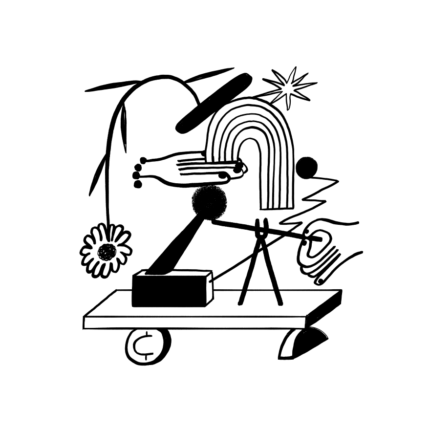
The growing HSA market and where you fit into it
More workers have begun to realize the myriad of benefits HSAs offer… and as such, more employers have begun to offer them! Here’s why.
If you’re a regular Starship Blog visitor, prepare for something a little different… rather than providing you with helpful tips or tricks, in this article, we want to tell you a whole lot more about why HSAs are growing in popularity as a tool for short-term spending and long-term savings. And, of course, why you’re doing the right thing by getting an HSA and contributing to it.
Breaking It Down by the Numbers
Note: The following numbers are from Devenir, a healthcare account investment expert whose midyear report is highly regarded in the industry.
By the middle of 2019, the number of HSAs rose a whopping 12% from 2018, to 26 million open accounts. Even more impressive, the total assets within these accounts rose by a solid 20%, to $61.7 billion.
And HSA contributions continue to rise.
- Account holders contributed $22 billion to their accounts in the first six months of 2019, up 12% from the year prior.
- More than half (52%) of all HSA dollars contributed to an account year-to-date (YTD) came from an employee, and the average employee contribution was $1,121.
- In 2018, one third of total HSA contributions came from an employer, and the average employer contribution was $648.
- 13% of all HSA dollars contributed to an account came from an individual account not associated with an employer, and the average individual contribution was $1,546.
Investing in HSAs
There are now more than one million HSA holders who are investing a portion of their funds. Why? Well, people have become increasingly aware of pending health care costs in retirement, recognizing that HSAs are a great way to help cover future health expenses in a tax-free manner. Spending, saving, and investing tax-free is, after all, one of the greatest parts about an HSA.
In fact, strong market tailwinds propelled HSA investment assets to a cumulative total estimating $13.3 billion, up 35% from 2018. Investment account holders have an average $15,982 total balance (for both deposit and investment accounts), more than six times larger than a non-investment holder’s average account balance. More than a fifth (22%) of all HSA assets are in investments.
HSA Projections
Providers are projecting big things to come in the HSA industry:
- Total asset growth is expected to expand by 16% by the end of 2019.
- Business HSA-use are anticipated to grow by 24% in that same period (up from 23% at year-end 2018).
Devenir’s 2019 Midyear HSA Research Report suggests that “in previous surveys, HSA providers have been fairly accurate with their growth forecasts, demonstrating an impressive understanding of the outlook for their book of business… [it is currently projected that the] HSA market will approach $88 billion in assets by the end of 2021, held by over 30 million accounts.”
Why are HSAs Becoming More Popular?
The way we see it, there are three main reasons for which HSAs are becoming so popular.
- As HDHPs have become a fixture of many company benefits programs, so too have HSAs. Employers are contributing more to HSAs, which we’re all for! Who wouldn’t want to hop on that free-money-train? Some employers are even contributing financial incentives into the HSAs of workers who participate in their workplace wellness programs.
- More workers are realizing that HSAs are a great way to manage their health care costs, as well as the health care costs of their spouses and dependents. After all, every dollar contributed to an HSA pre-tax saves you big bucks over the weeks, months, and years. They’re finding that they can use the tax-free dollars within their HSAs to pay for medical expenses they may not have thought of (like glasses, fertility treatment, birth control pills, just to name a few eligible medical expenses).
- HSAs are a great way to save for retirement. Disbursements for qualified medical expenses will always be tax-free, something elderly seniors especially appreciate. Moreover, if retirees need to withdraw money from their HSAs for any other reason, they are taxed in the same way as IRA or 401(k) withdrawals, which beats the tax treatment (and penalties) of pre-65 withdrawals. Cha-ching.
From the looks of it, HSAs are only going to continue to grow in popularity. As they should! We’ll keep you up to date on all the benefits these tax-advantaged accounts bring to the table. Like the gift that just keeps on giving.


